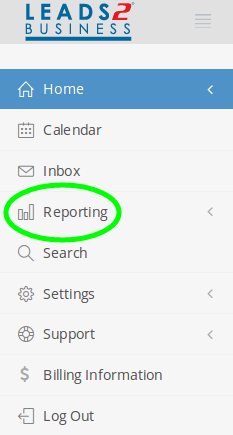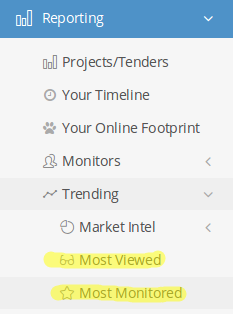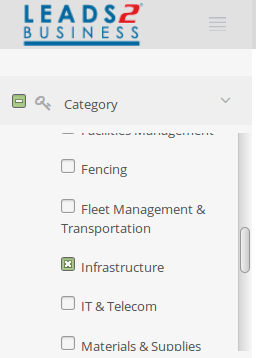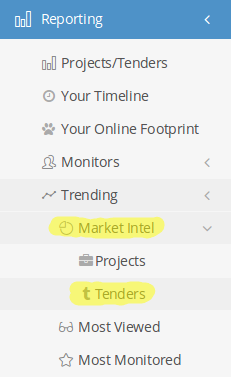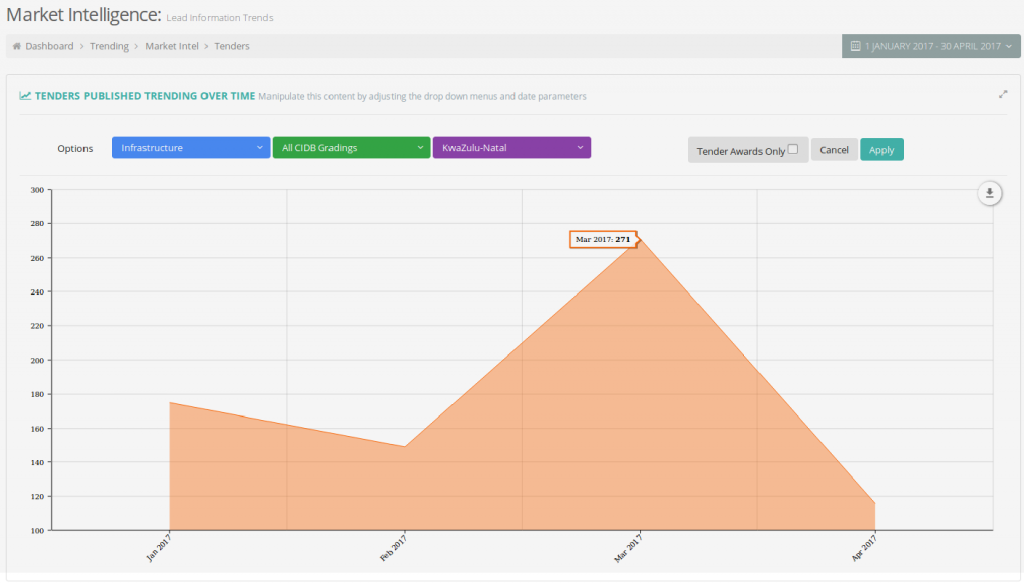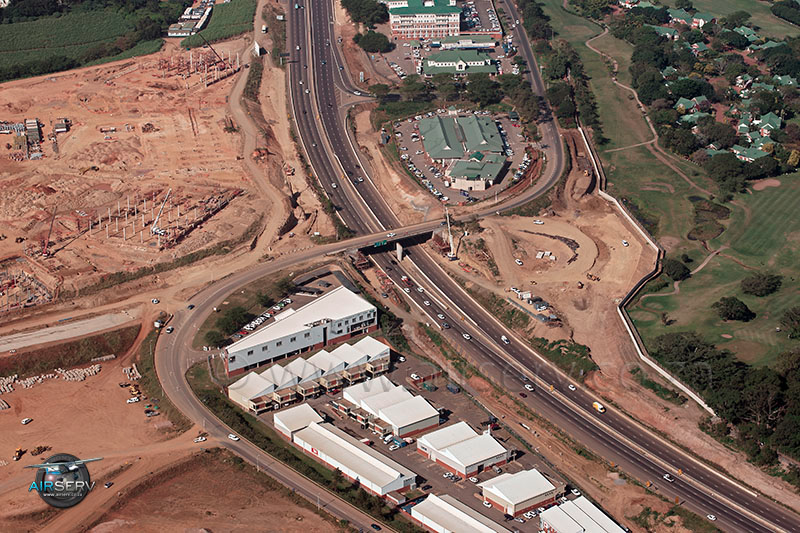Projekbestuurs Maatskappye en Hul Projekte

Om voort te gaan op die tema van hierdie maande se ‘blogs’ van Projekbestuur, laat ek jou inlig oor ‘n paar projekbestuurs maatskappye en waarmee hulle besig was of is. Die beskrywings van die maatskappy se doelwitte, prestasies en etos is uittreksels van elke individuele maatskappy se webwerf.
SIP Project Managers
SIP Projekbestuurders is in 1978 gestig met hulle eerste projek wat die Sun City-hotel was. SIP was in die voorpunt van die oprigting van projekbestuur as ‘n professie in Suid-Afrika, en daarna is dit gegrond op hulle ervaring om te verseker wat die beroep was. Geformaliseer en verantwoordbaar deur die oprigting van die Vereniging van Konstruksie Projek bestuurders (ACPM), wat die enigste erkende vrywillige vereniging van professionele bouprojek bestuurders in Suid-Afrika is. Oor die afgelope paar jaar het konstruksie projekte al hoe meer kompleks geword, uitgebrei oor meer komplekse tegnologie, sowel as die sosio-ekonomiese en omgewings impak wat projekbestuurders dus nodig het om projekte van bevrugting tot en met voltooiing en bedryf te hanteer. Met 34 jaar ondervinding en ‘n portefeulje van hoëprofiel projekte het SIP hoogs gesogte geword en het suksesvolle en konsekwent hoë kwaliteit projekte gelewer.
Projekte beskibaar op L2B webwerf:
The Strand Hotel, Swakopmund, Namibia (PPA4443) (Complete)
102 Rivonia Road, Gauteng (PPA10169) (Complete)
Fourways Mall Expansion, Gauteng (PPA4220) (Underway)
Embassy Towers, Gauteng (PPA14796) (Underway)
Pearls of Umhlanga, Kwazulu-Natal (PPA1988) (Underway)
ETV Building, Western Cape (PPA18429) (Design)
Turner & Townsend (Pty) Ltd
http://www.turnerandtownsend.com/
Vir meer as 70 jaar het ons bygedra om transformasie programme oor die eiendomsbedryf, infrastruktuur en natuurlike hulpbronne te lewer. Wat ‘n verskil maak in mense se lewens en ‘n opbrengs op belegging vir ons kliënte en hul beleggers te verseker. In daardie tyd het die landskap vir kapitaal projekte voortdurend ontwikkel, en ons was gedurig n sprong voor die res, met duidelike denke en streng prosesse. Waar ander ingewikkeldheid sien, is ons een stap vorentoe. Met ons beproefde metodologieë, diepte van ondervinding en data en insigte, vind ons ‘n pad om die ambisieuse doelwitte wat ons kliënte gestel het, te bereik. Ons het ook ons ambisieuse doelwitte gestel en ‘n werklike globale onderneming opgebou. Omskep hoe ons dinge doen om te verseker dat al die kennis en innovasie wat ons genereer, deur ons globale spanne gedeel word. In ‘n ewigdurende verandering wêreld, as die kliënt se uitdagings skuif en druk om opbrengs op beleggings-aandrywing ooit hoër te lewer, sal ons steeds nuwe maniere vind om ‘n verskil te maak. Dit is nie net ‘n uitkoms waarvoor ons streef nie – dit is een wat ons bestuur, en gee ons ons unieke perspektief op die wêreld.
Projekte beskibaar op L2B webwerf:
ABSA Capital, Kwazulu-Natal (PPA3707) (Complete)
103 Melrose Office, Gauteng (PPA20031) (Underway)
Radisson Blu Safari Resort, Mpumalanga (PPA6769) (Tender)
Bellville Medical Centre, Western Cape (PPA17994) (Underway)
Chevron Head Office, Western Cape (PPA9462) (Complete)
Focus Pm & QS
FOCUS is ‘n professionele konstruksie projekbestuurs- en bourekenaar maatskappy wat ‘n bedryfs-voetspoor in Suid-Afrika en geselekteerde plekke buite die grense van Suid-Afrika in die res van die vasteland en die Middeooste dek. Alhoewel ‘n jong en dinamiese firma, is dit een wat sentraal staan in sy kern, ‘n kultuur van onwrikbare professionaliteit en uitnemendheid. Dit het die maatskappy verskans tot ‘n posisie waar dit vertrou kan word om hoë waarde en komplekse projekte in beide die privaat en openbare sektore te lewer. Die maatskappy is verantwoordelik vir die bestuur van belangrike ikoniese projekte in die eiendomsbedryf. FOCUS is ‘n meerderheids belanghebbende bemagtigings maatskappy wat die gees van Suid-Afrika uitbeeld. Ons SEB-beginsels is in die stof van die maatskappy geïntegreer en is op alle vlakke sigbaar.
Projekte beskibaar op L2B webwerf:
Eastgate Offices Redevelopment, Gauteng (PPA16871) (Complete)
Workshop Updated, Kwazulu-Natal (PPA16063) (Complete)
Mpumalanga High Court, Mpumalanga (PPA10459) (Complete)
Park Square, Kwazulu-Natal (PPA18759) (Underway)
MDSA Project and Construction Management (Pty) Ltd
Met meer as 15 jaar ondervinding is MDSA Projek- en Konstruksie bestuur (Edms) ‘n dinamiese maatskappy wat spesialiseer in ‘n volledige reeks Projek bestuur, Konstruksie bestuur, Huurder koördinasie en Kliënt verteenwoordiging in industriële, kommersiële, kantoor- en kleinhandel-georiënteerde projekte, beide in Suid-Afrika en in die buiteland. Ons dienste behels programmering, kontrak dokumentasie, sertifisering, toesig oor die terrein, koördinering van alle direkte kontrakte en die ooreenkoms van finale koste met kontrakteurs. Ons verbind tot uitstekende diens deur te fokus op kwaliteit, tyd en koste, aangesien ons daarna streef om die kliënt se vereistes met doeltreffendheid en wêreldklas diens te bestuur deur middel van ‘n proaktiewe, praktiese benadering. Ons glo dat ons sukses gebaseer is op ons vermoë om vooruit te beplan deur potensiële probleme te voorkom, eerder as om in krisis bestuur vasgevang te word. Ons sien ons maatskappy as deel van die oplossing en voeg waarde toe tydens die ontwerp- en bou proses. Ons glo MDSA is die ideale maatskappy om saam te werk aangesien ons ‘n verskil maak deur die ekstra myl te gaan.
Projekte beskibaar op L2B webwerf:
Greenacres Shopping Expansion, Eastern Cape (PPA10729) (Underway)
Woolworths Distribution Centre, Western Cape (PPA18975) (Underway)
Lynnridge Mall Expansion, Gauteng (PPA17029) (Complete)
Zimbali Suites, Kwazulu-Natal (PPA14478) (Complete)
Whale Coast Village Mall, Western Cape (PPA17913) (Underway)
Orion Projects
Ons is trots op ons integriteit, en glo dit is die sleutel tot ons sukses. Ons is pioniers van nuwe tegnieke en praktyke wat help om die standaarde vas te stel waardeur ons bedryf beoordeel word. Ons besigheidswaardes is gebaseer op die volgende etiek: Integriteit in woord en daad, respek vir mense, kliënt tevredenheid, sosiale verantwoordelikheid, individuele ontwikkeling en persoonlike groei, kwaliteit van diens, spanwerk, goeie kommunikasie, innovasie en kreatiwiteit, professionaliteit, besigheidsetiek, deursigtigheid in finansiële sake, vertroulikheid van inligting, om konflik van belange te vermy. Ons doelwit is om klein, medium en mikro-ondernemings (KMMO’s) te vestig, te ontwikkel en te ondersteun wat voorheen benadeelde (Swart, Asiatiese en Kleurling) segmente van die bevolking as lewensvatbare verskaffers tot die mark is. Alhoewel dit ‘n besigheidsinisiatief is, gegrond op gesonde sakebeginsels, skep dit werksgeleenthede en ondersteun die Heropbou en Ontwikkelingsprogram (HOP).
Projekte beskibaar op L2B webwerf:
Sasol Secunda Mall, Mpumalanga (PPA9597) (Complete)
Glen Shopping Mall, Food Court, Gauteng (PPA20026) (Underway)
Mall of the North, Limpopo (PPA4945) (Complete)
1 Protea Place, Gauteng (PPA6612) (Complete)
Discovery Health, Gauteng (PPA911) (Complete)
Profica Project Managers
http://profica.com/
PROFICA – (PROF)ESSIONAL PROJECT MANAGEMENT AFR(ICA)
Profica is ‘n toonaangewende konstruksie- en eiendomsoplossings-maatskappy wat kundige ontwikkelings-, projek- en konstruksie bestuurs-dienste aan hoëprofiel kliënte lewer. Ons bedryf oor baie sektore op die vasteland van Afrika en het ‘n indrukwekkende rekord vir globale kundigheid, plaaslike kennis en diens uitnemendheid opgebou. Met die fokus op professionele konstruksie projek bestuur, is Profica ‘n bekroonde span wat betroubaarheid aan ons kliënte bied. Profica bied selfstandige konsultasie oplossings vir die eiendoms- en konstruksie bedrywe en is ‘n professionele konstruksie projek-bestuurs maatskappy gefokus op kliëntediens en waarde-skepping. Profica het ‘n span professionele geakkrediteerde en hoogs geskoolde professionele konstruksie-projekbestuurders en eiendomsontwikkelings bestuurders met kantore in Suider-Afrika, Oos- en Wes-Afrika gevestig, met permanente personeel op die grond regdeur Afrika suid van die Sahara. Profica se projekbestuurders het komplekse en hoëprofiel projekte oor baie sektore en oor Afrika en die wêreld gelewer, van planne deur ontwerp en konstruksie tot suksesvolle voltooiing. 2015 was Profica se tiende bestaansjaar in die verskaffing van wêreldklasdienste aan ons kliënte.
Projekte beskibaar op L2B webwerf:
Southgate Mall Refurb, Gauteng (PPA19891) (Underway)
Chatsworth Centre Upgrade, Kwazulu-Natal (PPA19602) (Underway)
Capital on the Park, Gauteng (PPA14832) (Complete)
Gugulethu Square Mall, Western Cape (PPA6604) (Complete)
Forest Hill Regional Mall, Gauteng (PPA10063) (Complete)
If you are interested in becoming one of our subscribers, please visit our website.
To view notes with screenshots on how to use our website, please visit our Wiki site.
To view more articles, please visit our blog.
About Debbie Wessels
I started at Leads 2 Business in April 2008 in the tenders Department and transferred to the Projects Department during the same year. I was appointed Head of Department for Projects from February 2011 to March 2022. April 2022 I started a new adventure as Content Regulator.













